On our 5th day we visited a Human Rights Museum- that honestly was one of the best I have ever been to- technologically savvy but also very informative. I won’t say much- except that it was extremely well put together- giving viewers the cold-hard facts- but with personal touches that commemorated the sacrifices people have made throughout Chiles history. After our long tour, the group of Chileans, Sri Lankans and Americans and proceeded to walk into one of the city’s many plazas- filled with food, shops, dancing and everyday people. That beautiful summer afternoon, really gave a sense of city life: upbeat, lively and carefree.
As we continued to stroll, we came upon a stone laden street. A sudden change to the unforgiving pavement- I studied the cobbles. As I looked closer I saw that each turned out to be a small memorial with a name, age at death and political affiliation. We had come upon Londres 38. Like Villa Grimaldi- it was a torture center during Pinochet. However this was a house- a large house- situated right smack in the center of Santiago. As we listened to the experts talk about each room- we learned hundreds had died there- even though it was only open for a year. Taking a step back though- a year is quite a long time for neighbors to be hearing the screams of the tortured and for them not to be reported. In fact the site was only identified by a few survivors who could hear the bells of a church down the street and by the very distinct cobbles I had studied upon our venture into the house. Our group was outraged- many people in the area would have known what was going on at the time- why didn’t they stop it? Simply because they too could have been taken. The followers of Pinochet had very few guidelines for victims- anyone could have the misfortune of becoming one.
The house itself was in horrible condition- paint chipping, scratched floors, broken windows, holes in the walls, no furniture. The guides, recognizing our distain informed us that it was all original- kept exactly the way it was left when Pinochet came out of power. The only thing changed were a few poems on the walls from people who came through Londres 38 and inspirational quotes about remembering history. The gravity of the fact that it was original, truly hit us as we stood in the tiny torture room- knowing that people had cried out for mercy, had even died in the spot we were standing in, was breath taking. There was nothing I could do but keep my head high, say a silent prayer and remember those who were lost.
For the purpose of the blog I decided not to include many of the adventures we had or funny moments we experienced in Chile (though there were many). Moreover, I wanted to describe some of my findings and experiences in regards to human rights. I could have continued on forever describing the people and city. But what made the trip so unique was that I wasn’t just a tourist- I was on my way to becoming a Girl Ambassador- which I now feel, that I truly exemplify.
Upon returning I have taken a great part in the community. Abiba and I have told about our experiences in not just Gage meetings but in museum conventions and even to reporters. One thing we have found to be extremely poignant to our listeners is the aforementioned US involvement to the coup and torture- for like me, many did not know about Pinochet, let alone that we took an intregal part in it. However the biggest thing I have been working on in regards to the Gage program is the upcoming visit to the US. Three Sri Lankans, and four Chileans will be arriving to learn about our culture, our influence of women and our history of human rights violations here in Syracuse as the final part of our Girl Ambassador Project (that we have been a part of all year). Next blog I will tell you all about how this goes- what their reactions are and maybe even some things that I myself learn!
As we continued to stroll, we came upon a stone laden street. A sudden change to the unforgiving pavement- I studied the cobbles. As I looked closer I saw that each turned out to be a small memorial with a name, age at death and political affiliation. We had come upon Londres 38. Like Villa Grimaldi- it was a torture center during Pinochet. However this was a house- a large house- situated right smack in the center of Santiago. As we listened to the experts talk about each room- we learned hundreds had died there- even though it was only open for a year. Taking a step back though- a year is quite a long time for neighbors to be hearing the screams of the tortured and for them not to be reported. In fact the site was only identified by a few survivors who could hear the bells of a church down the street and by the very distinct cobbles I had studied upon our venture into the house. Our group was outraged- many people in the area would have known what was going on at the time- why didn’t they stop it? Simply because they too could have been taken. The followers of Pinochet had very few guidelines for victims- anyone could have the misfortune of becoming one.
The house itself was in horrible condition- paint chipping, scratched floors, broken windows, holes in the walls, no furniture. The guides, recognizing our distain informed us that it was all original- kept exactly the way it was left when Pinochet came out of power. The only thing changed were a few poems on the walls from people who came through Londres 38 and inspirational quotes about remembering history. The gravity of the fact that it was original, truly hit us as we stood in the tiny torture room- knowing that people had cried out for mercy, had even died in the spot we were standing in, was breath taking. There was nothing I could do but keep my head high, say a silent prayer and remember those who were lost.
For the purpose of the blog I decided not to include many of the adventures we had or funny moments we experienced in Chile (though there were many). Moreover, I wanted to describe some of my findings and experiences in regards to human rights. I could have continued on forever describing the people and city. But what made the trip so unique was that I wasn’t just a tourist- I was on my way to becoming a Girl Ambassador- which I now feel, that I truly exemplify.
Upon returning I have taken a great part in the community. Abiba and I have told about our experiences in not just Gage meetings but in museum conventions and even to reporters. One thing we have found to be extremely poignant to our listeners is the aforementioned US involvement to the coup and torture- for like me, many did not know about Pinochet, let alone that we took an intregal part in it. However the biggest thing I have been working on in regards to the Gage program is the upcoming visit to the US. Three Sri Lankans, and four Chileans will be arriving to learn about our culture, our influence of women and our history of human rights violations here in Syracuse as the final part of our Girl Ambassador Project (that we have been a part of all year). Next blog I will tell you all about how this goes- what their reactions are and maybe even some things that I myself learn!

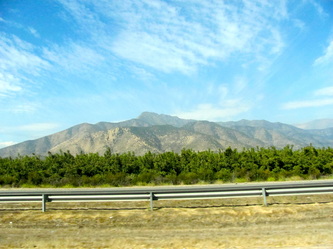
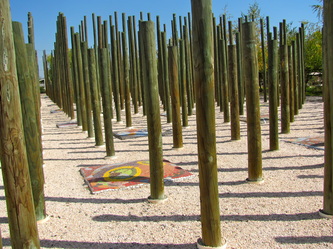
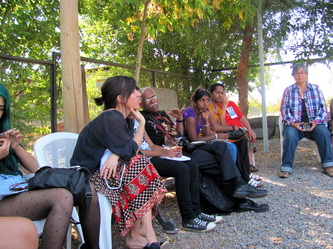
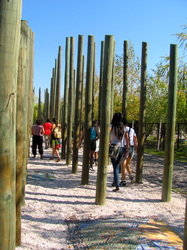
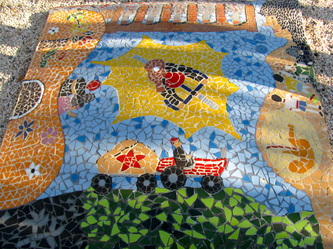

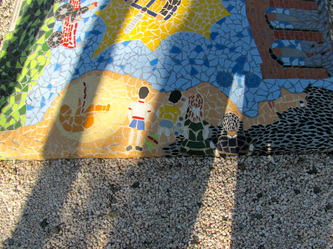

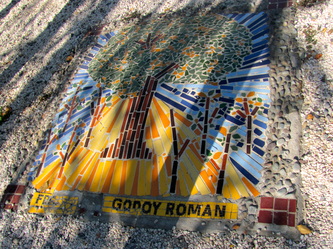
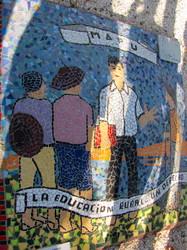

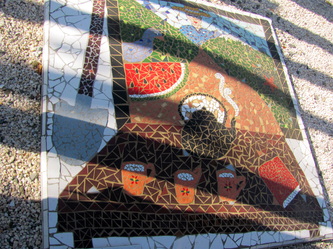


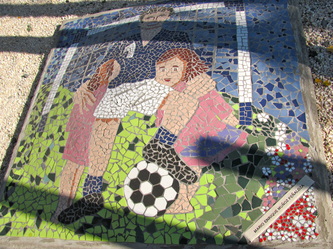
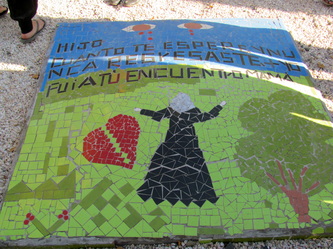
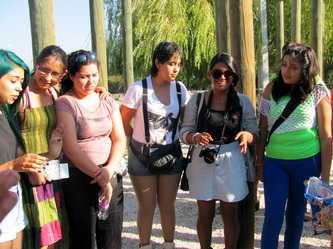
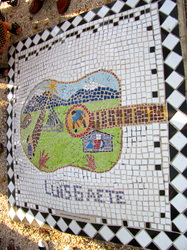
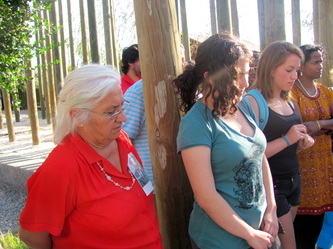

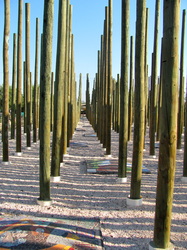
 RSS Feed
RSS Feed